Dr. Bogdan Savchynskyy, WiSe 2021/22
Summary
This lecture belongs to the Master in Physics (specialization Computational Physics, code "MVSpec"), Master of Applied Informatics (code "IOML") as well as Master Mathematics programs, but is also open for students of Scientific Computing and anyone interested.
The course presents various existing optimization techniques for such important machine learning tasks, as inference and learning for graphical models and neural networks. In particular, it addresses such topics as combinatorial algorithms, integer linear programs, scalable convex and non-convex optimization and convex duality theory. Graphical models and neural networks play a role of working examples along the course. The goal of the course is to give a strong background for analysis of existing, and development of new scalable optimization techniques for machine learning problems.
Schedule and Information
The lectures and exercises will be given in English as a block course, in the period October 4-15 online via MS Teams, the link to join the lecture Team will be send via email.
Attention: To be able to join the lecture you must enable MS Teams here. Please do it in advance, as your request may take several days.
Lecture schedule:
- 8:45-12:00 (with a 15 min break)
- 14:00-16:00
Along with the lectures there will be practical exercises with an introduction during Oct. 4-15 and further supervision weekly during the winter term. Further details at the first lecture.
Contact for lectures: Dr. Bogdan Savchynskyy
Contact for exercises: Stefan Haller
The seminar Neural Networks Meet Combinatorial Optimization complements this lecture by taking a closer look at recent results and developments. We highly recommend it to all students interested in the topic.
Registration
Please register for the course in Müsli. The link to join the lecture will be send via email to the registered students only.
Course Material and Exercises
The password-protected video of the lectures is available in HeiBox.
Table of Contents
I Inference in Graphical Models
- Acyclic Graphical Models. Dynamic Programming
- Background: Basics of Linear Programs and Their Geometry
- Inference in Graphical Models as Integer Linear Program
- Background: Basics of Convex Analysis and Convex Duality
- Duality of the LP Relaxation of Inference Problem
- Background: Basics of Convex Optimization
- Sub-Gradient and Block-Coordinate Ascent for Inference in Graphical Models
- Lagrangian (Dual) Decomposition
- Min-Cut/Max-Flow Based Inference
- LP Relaxation of Inference Problem as st-Min-Cut Problem
- Summary: Inference Algorithm Selection
II Joint Learning of Graphical Models and Neural Networks
- Structured Risk Minimization for Graphical Models
- CRF+CNN Models: Joint Training of Graphical Models and Neural Networks.
Literature
Text-book: B. Savchynskyy. Discrete Graphical Models - An Optimization Perspective


